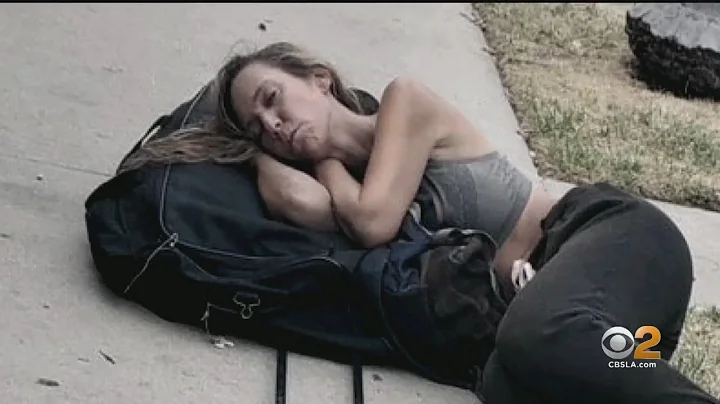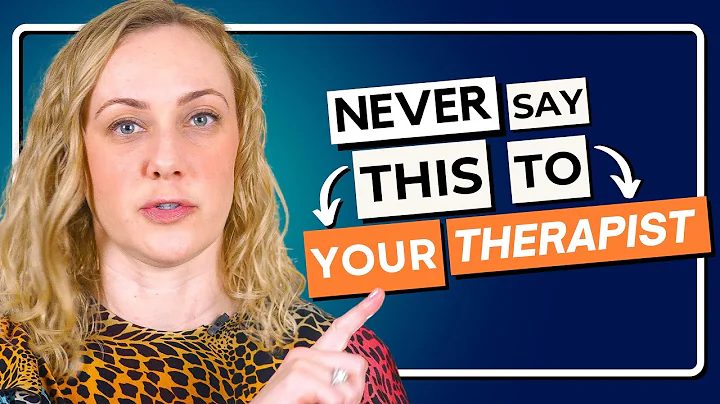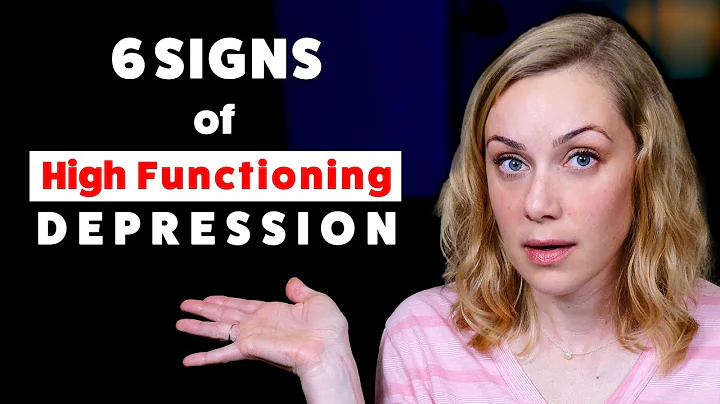Couple effect
Couple effect refers to the fact that two or several people engage in the same activity together (not having a competition) will have a stimulating effect between each other, and the individual will feel some social pressure, thereby improving the efficiency of the activity.

The so-called collaborative effect refers to the stimulating effect between two people or several people when they engage in the same activity (not having a competition). This improves activity efficiency. The existence of the collaborative effect gives teachers an opportunity to improve teaching efficiency. Teachers can use the collaborative effect to improve teaching efficiency and educational effect, which is one of the effects of social promotion.

is also called the working effect. It refers to the efficiency and results of multiple people doing things together, which is obviously different from the efficiency and results of one person doing things alone. There are two types of collaborative effects. "Three monks have no water to drink" is a negative companion effect, that is, a few people are less efficient in doing things than one person doing things alone. The positive partner effect refers to the efficiency and benefits of working together by multiple people than acting alone.
In education and teaching, the collaborative effect has attracted the attention of many teachers. For example, some teachers attach great importance to group cooperative learning in teaching, and use this effective learning form to improve educational efficiency.











